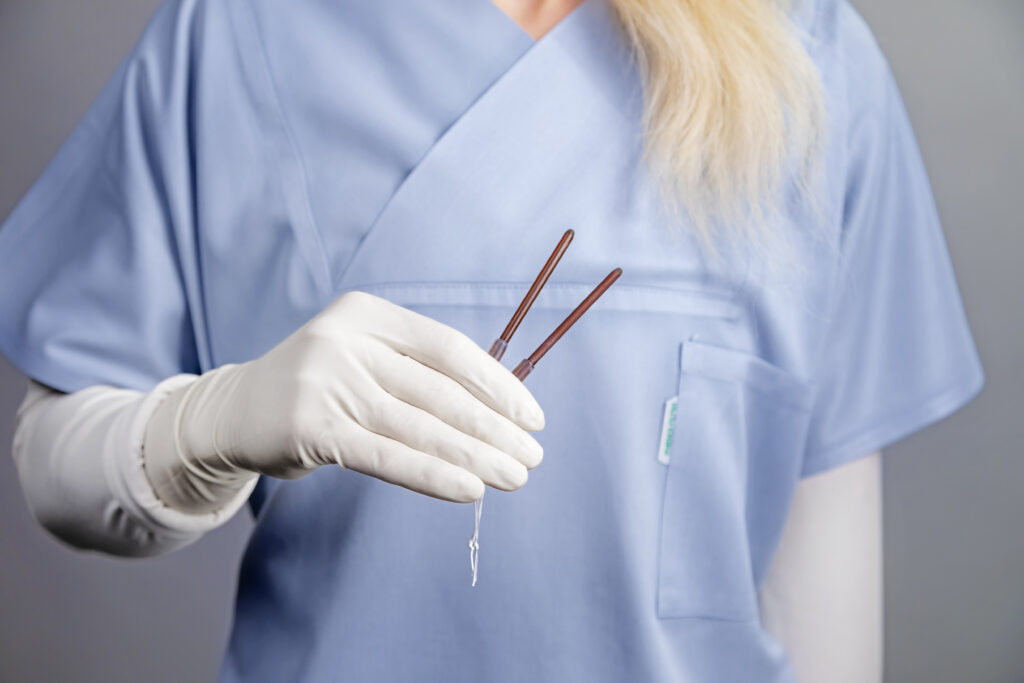
Discover natural ways to support cervical ripening at home with exercises, relaxation techniques, and lifestyle changes to help prepare your body for labour.
Waiting for labour to begin can feel like standing at the edge of something huge – exciting, overwhelming, and sometimes even just a little bit frustrating. Especially if your due date is getting closer and you’re wondering if there’s anything you can do to help things along naturally.
While your body is wonderfully designed to know what to do, there are gentle ways to support natural cervical ripening at home. These small shifts in routine, mindset, and movement can help create the right environment for labour to begin – safely and calmly.
Let’s explore what’s going on in your body, and what you can do to support it during this phase.
🌸 First, what is cervical ripening?
Cervical ripening is your body’s way of getting the cervix soft, thin and ready to open before labour begins.
As your due date gets closer, your body starts releasing hormones – mainly prostaglandins and oxytocin – that act like gentle messengers. They tell your cervix to:
- Soften (so it’s no longer firm like the tip of your nose, but more like your lips)
- Thin out (this is called effacement, and it helps your cervix stretch more easily during labour)
- Open up (this is dilation, and it’s what midwives measure in centimetres during labour checks)
Sometimes your body does this all on its own, gradually. Other times, it may need a little support. There are natural ways to support this process – giving your body a quiet nudge while still trusting its timing.

🧘♀️ 1. Relaxation helps hormones do their job
Stress = adrenaline. And adrenaline can interfere with oxytocin, the hormone responsible for cervical changes and later for contractions. That’s why relaxation isn’t just nice – it’s powerful.
Try:
- Sitting down, relaxing and trying to connect with your baby
- Deep breathing techniques
- Warm baths or showers
- Gentle pregnancy meditations (there are great ones on Spotify and YouTube)
- Quiet time alone, or cuddling with someone you love
Even a few deep breaths before bed can help you tune into your body – and tell it you’re ready.
🏃♀️ 2. Movement that encourages baby to settle lower
Certain pregnancy exercises and positions for childbirth can help baby’s head gently press on the cervix – which may encourage your body to release prostaglandins. While slowing down and resting is really important in these final weeks, a bit of gentle, active rest can help things along too. Natural options include:
- Walking: especially with a bit of sway in your hips
- Sitting on a birth ball: doing gentle hip circles
- Forward-leaning inversions: such as leaning over the back of a chair or a yoga bolster
- Pelvic tilts on hands and knees
These aren’t guaranteed to kickstart labour – but they can encourage optimal fetal positioning and create helpful pressure on the cervix.
💆♀️ 3. Massage, acupressure and touch
Certain acupressure points are thought to help with natural labour induction – especially when baby is full term.
While the evidence is still emerging, some mums find comfort and results from:
- Light foot massages targeting pressure points (e.g. between the ankle and heel)
- Gentle lower back rubs
- Acupressure at SP6 (inner leg) – best done by a partner or doula who knows how
Always ask your midwife or doctor first, especially before trying anything new in late pregnancy.
🧃 4. Nutrition & hydration
Staying well-hydrated and nourished supports your body’s ability to produce the hormones it needs. Some women use dates in the final weeks of pregnancy – studies suggest eating six dates a day from week 36 may support cervical softening.
What else helps?
- Whole foods rich in healthy fats (avocados, nuts, seeds)
- Iron and magnesium-rich meals
- Plenty of water – your uterus is a muscle and muscles need hydration!
🤱 5. Nipple stimulation
This one might surprise you – but nipple stimulation can naturally encourage oxytocin release. It mimics the action of baby breastfeeding, which is why it’s sometimes used to support natural cervical ripening and even early labour contractions.
⚠️ Be cautious: Only consider it in the very final stretch of pregnancy and speak to your care provider before trying.
💚 Trusting your body while staying safe
At-home techniques can be comforting, empowering and part of a beautiful preparation ritual. But always check with your midwife or consultant before trying anything unfamiliar. What works for one pregnancy might not be suitable for another – especially if there are any complications or medical concerns.
Cervical ripening is just one piece of the labour puzzle. Sometimes, even with the gentlest support, your body and baby may still need more help. And that’s OK too.
Final words for the waiting days
Whether you’re bouncing on a birth ball, sipping raspberry leaf tea, or just trying to nap through another Braxton Hicks wave – you’re doing beautifully.
Your body is wise. And however your labour begins, you are not behind, late, or lacking. You’re simply preparing for the moment when your baby decides it’s time to meet the world.
Disclaimer: This article is for informational purposes only and should not replace professional medical advice. Always consult your healthcare provider regarding your pregnancy and birth plan.
Most read articles
Lorem ipsum dolor sit amet, consectetur adipiscing elit. Ut elit tellus, luctus nec ullamcorper mattis, pulvinar dapibus leo.









